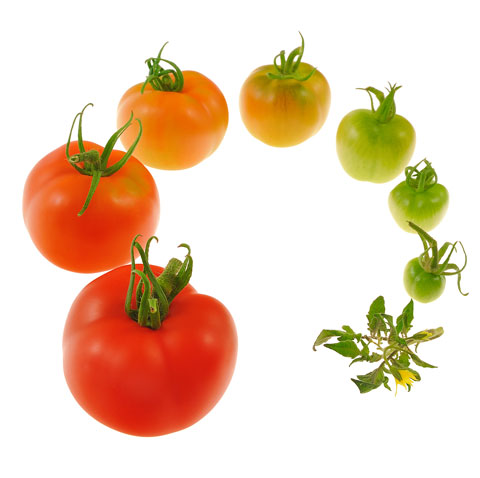Teachers often wonder how to help preschoolers understand complex time concepts such as sequence. Children encounter sequence—the order in which things happen—every day. Schedules, stories, songs, dances, counting activities, and the cycle of day and night all involve sequences. Here are some activities that can help children find out more about sequences. (See Illinois Early Learning and Development Benchmarks 7.A.ECd, 9.B.ECa, and 9.B.ECb.)

Tell the children that sequence means the order in which things happen.
- Explain and use words related to sequence: begin, end, start, finish, first, next, last, morning, afternoon, before, after, early, late, then.
- Help the children use photos, drawings, and words to make a poster showing the daily schedule. Refer to it when talking with children about the day’s events: “I’ll read you a story before breakfast.” “We’re going to visit the train station after snack.”
- Share picture books that focus on events that happen in a certain order. Examples include First the Egg by Laura Vaccaro Seeger and Joseph Had a Little Overcoat by Simms Taback.
Talk with the class about sequences that are familiar to them.
- Ask children to make memory drawings of what they do in the morning, in the afternoon, and at night. Have them help to make a display that shows the cycle of their day.
- Let children take turns retelling stories that they know well. Or invite a small group of children to retell a story together, while you write their words on easel paper. Do they all agree about what happens first, next, etc., in the re-told story?
- Invite children to talk about the sequences involved in things they do: “What’s the first thing you do when you play checkers?” “Which blocks will you use next?”
Play with sequences.
- Make a race track with a starting line and a finish line. Let children “race” balls or wheel toys. Help them keep a record of which objects cross the line first, second, etc.
- Teach songs and chants that involve a series of actions, such as “Paw Paw Patch,” “Alice the Camel,” and “Did You Feed My Cow?” Children can also learn simple movement sequences for folk dances and step team routines.
- Give older preschoolers opportunities to “fill in the blanks” in a sequence. “Let’s sing the ABC song! A-B-C-D— What comes next?” “I’m going to count my fingers: 1, 2, 3— I bet you know what’s next!”
- Let older preschoolers change the order of the words in a song or the events in a story. For example, they might change the action song “Head, Shoulders, Knees, and Toes” to “Knees, Shoulders, Toes, and Head.” (They may think some of these changes are very funny.) Some children may enjoy reversing the normal counting sequence (4-3-2-1-0 instead of 0-1-2-3-4).
Related IEL Resources
- Tip Sheet: Time for Preschoolers: Duration
- Tip Sheet: Things Change


 Printer-friendly PDF
Printer-friendly PDF PDF para imprimir
PDF para imprimir